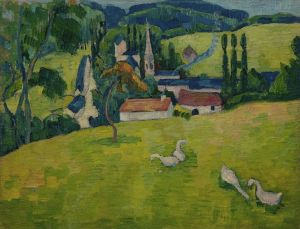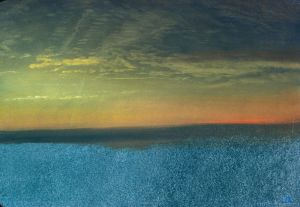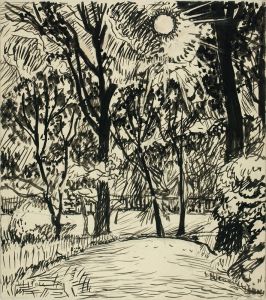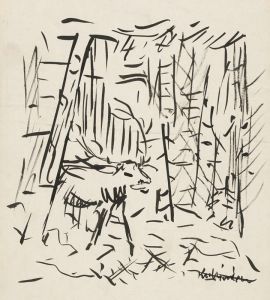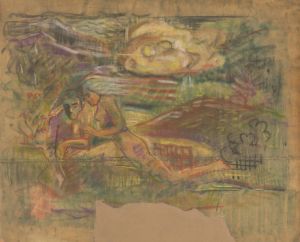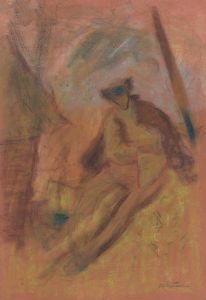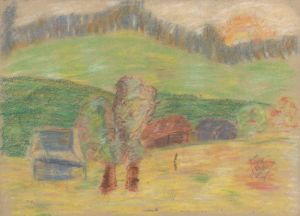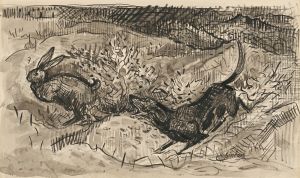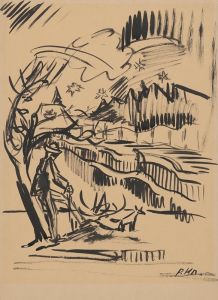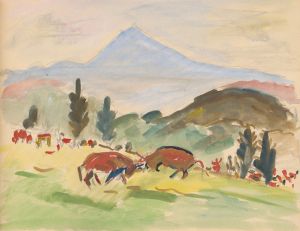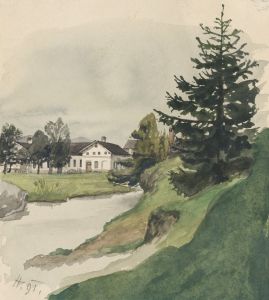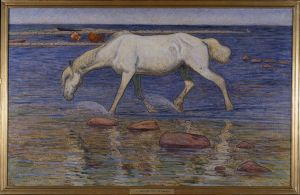
Záskalie
A hand-painted replica of Arnold Peter Weisz-Kubínčan’s masterpiece Záskalie, meticulously crafted by professional artists to capture the true essence of the original. Each piece is created with museum-quality canvas and rare mineral pigments, carefully painted by experienced artists with delicate brushstrokes and rich, layered colors to perfectly recreate the texture of the original artwork. Unlike machine-printed reproductions, this hand-painted version brings the painting to life, infused with the artist’s emotions and skill in every stroke. Whether for personal collection or home decoration, it instantly elevates the artistic atmosphere of any space.
Arnold Peter Weisz-Kubínčan (1898–1944) was a Slovak-Jewish painter known for his modernist and expressionist works that often depicted the landscapes and cultural life of Slovakia. One of his notable works, Záskalie, reflects his deep connection to the Slovak countryside and his innovative artistic style. The painting is named after Záskalie, a small village in Slovakia, which served as an inspiration for many of his works. Weisz-Kubínčan's art frequently combined elements of folk traditions, modernist aesthetics, and a profound sense of spirituality.
Záskalie is characterized by its vibrant use of color and dynamic composition, which are hallmarks of Weisz-Kubínčan's style. His works often sought to capture the essence of Slovak rural life, blending realism with abstraction to evoke both the physical and emotional landscapes of the region. The painting likely reflects his interest in the interplay between humanity and nature, a recurring theme in his oeuvre.
Weisz-Kubínčan's career was tragically cut short due to the events of World War II and the Holocaust. As a Jewish artist living in Slovakia during the rise of Nazi influence, he faced increasing persecution. In 1944, he was deported and murdered in a concentration camp, leaving behind a relatively small but impactful body of work. Much of his art was lost or destroyed during the war, making surviving pieces like Záskalie particularly significant.
Today, Weisz-Kubínčan's work is celebrated for its unique contribution to Slovak modernism and its poignant reflection of a turbulent historical period. His paintings, including Záskalie, are preserved in museums and private collections, serving as a testament to his artistic vision and the cultural heritage of Slovakia.





